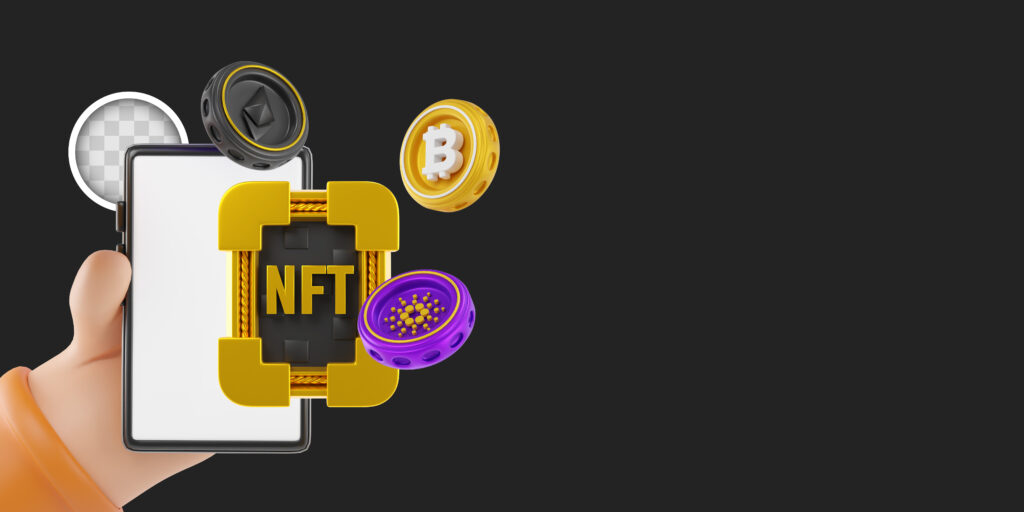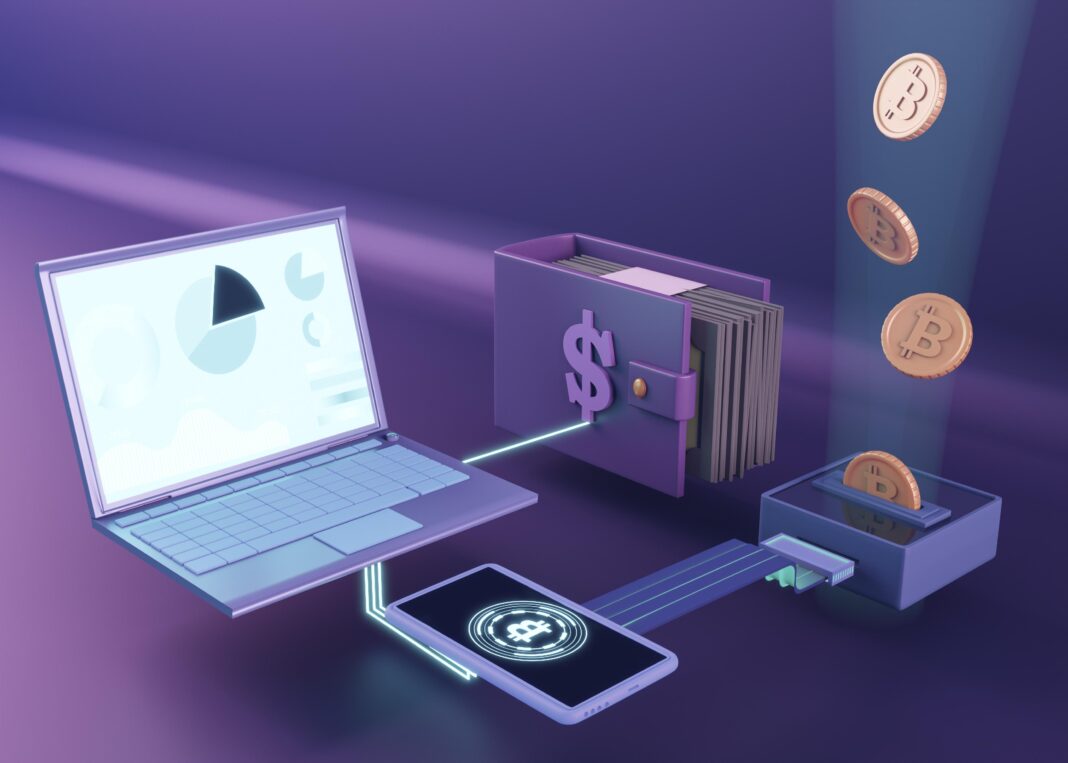Introduction
The internet is undergoing its most significant transformation since the advent of social media and cloud computing. Web3, the next iteration of the web, is redefining how we interact with digital services by shifting power away from centralized corporations and placing it directly into the hands of users. At the heart of this revolution are decentralized applications (dApps), which operate on blockchain technology, offering unprecedented levels of transparency, security, and user ownership.

This article provides a thorough examination of Web3 and dApps, covering their foundational principles, operational mechanisms, industry impacts, challenges, and future developments. Unlike speculative overviews, this analysis is grounded in real-world applications, technical insights, and expert perspectives to deliver a comprehensive understanding of where Web3 is headed and how it will reshape digital ecosystems.
Understanding Web3 and Its Core Principles
1. What Exactly Is Web3?
Web3 represents a paradigm shift from the current internet (Web2), where a handful of tech giants control data, platforms, and monetization. Instead, Web3 is built on decentralized networks, primarily blockchain, ensuring that no single entity has overarching authority.
Key characteristics of Web3 include:
- Decentralization – Data is distributed across peer-to-peer networks rather than stored in centralized servers.
- Trustless Transactions – Smart contracts eliminate the need for intermediaries, automating agreements securely.
- User Ownership – Individuals control their digital identities, assets, and data through cryptographic keys.
2. The Evolution from Web1 to Web3
To appreciate Web3, it’s essential to understand its predecessors:
- Web1 (1990s–Early 2000s) – Static web pages with limited interactivity (e.g., early HTML sites).
- Web2 (Mid-2000s–Present) – Dynamic, user-generated content dominated by platforms like Facebook, YouTube, and Google.
- Web3 (Emerging Now) – Decentralized, blockchain-powered internet where users reclaim data ownership.
3. The Role of Blockchain in Web3
Blockchain is the backbone of Web3, providing:
- Immutability – Once recorded, data cannot be altered, ensuring transparency.
- Security – Cryptographic hashing prevents unauthorized changes.
- Consensus Mechanisms – Proof of Work (PoW), Proof of Stake (PoS), and other models validate transactions without central oversight.
How Decentralized Apps (dApps) Function
1. Defining dApps and Their Architecture
Unlike traditional apps hosted on centralized servers, dApps run on blockchain networks. Their defining features include:
- Open-Source Code – Anyone can audit the application’s logic.
- Token-Based Incentives – Users are rewarded with native tokens for participation.
- Censorship Resistance – No single authority can shut them down.
2. Smart Contracts: The Engine of dApps
Smart contracts are self-executing agreements written in code. Examples include:
- DeFi Platforms – Uniswap, Aave, and Compound use smart contracts for lending and trading.
- NFT Marketplaces – OpenSea and Rarible automate digital asset sales.
- DAO Governance – Decentralized Autonomous Organizations (DAOs) rely on smart contracts for voting and fund management.
3. Consensus Mechanisms and dApp Performance
Different blockchains use varying consensus models, impacting speed and scalability:
- Ethereum (PoS) – More energy-efficient than its previous PoW model but still faces congestion.
- Solana (PoH + PoS) – High throughput but has faced network stability issues.
- Polygon (Sidechains) – Enhances Ethereum scalability via Layer-2 solutions.
Industries Being Transformed by Web3 and dApps
1. Decentralized Finance (DeFi)
DeFi is disrupting traditional banking by offering:
- Permissionless Lending/Borrowing – Platforms like Aave allow users to earn interest without banks.
- Automated Market Makers (AMMs) – Uniswap enables peer-to-peer trading without intermediaries.
- Stablecoins & Synthetic Assets – Dai and Synthetix provide stable value and derivatives trading.
2. Blockchain Gaming and Play-to-Earn (P2E)
P2E games are redefining digital ownership:
- True Asset Ownership – In-game items (NFTs) can be traded across platforms.
- Economic Incentives – Axie Infinity and The Sandbox reward players with crypto.
- Interoperable Metaverses – Games are evolving into interconnected virtual worlds.
3. Decentralized Social Media
Web3 social networks combat censorship and data exploitation:
- User-Controlled Data – Lens Protocol and Mastodon let users own their content.
- Monetization Without Ads – Creators earn directly via subscriptions or NFTs.
- Algorithmic Transparency – No hidden manipulation like in Web2 platforms.
4. Supply Chain & Logistics
Blockchain ensures authenticity and reduces fraud:
- Provenance Tracking – IBM Food Trust and VeChain verify product origins.
- Automated Compliance – Smart contracts streamline customs and payments.
5. Healthcare & Identity Management
Web3 enables secure, patient-controlled medical records:
- Self-Sovereign Identity (SSI) – Users manage their credentials without centralized databases.
- Tamper-Proof Health Data – Medical histories stored on blockchain prevent falsification.
Challenges Facing Web3 and dApps
1. Scalability Limitations
Current blockchain networks struggle with:
- High Gas Fees – Ethereum transaction costs spike during congestion.
- Slow Throughput – Bitcoin processes ~7 TPS vs. Visa’s 24,000 TPS.
- Layer-2 Solutions – Rollups (Optimism, Arbitrum) and sidechains (Polygon) aim to resolve this.
2. Regulatory Uncertainty
Governments are still determining how to regulate:
- Cryptocurrency Taxation – Varies by jurisdiction (e.g., IRS vs. El Salvador).
- Securities Laws – Are tokens securities (SEC’s stance on XRP)?
- Anti-Money Laundering (AML) – How to enforce KYC in DeFi?
3. User Experience (UX) Barriers
Mass adoption requires simplifying:
- Wallet Management – Seed phrases and gas fees confuse newcomers.
- Cross-Chain Complexity – Bridging assets between networks remains cumbersome.
4. Security Vulnerabilities
Major risks include:
- Smart Contract Exploits – Reentrancy attacks (e.g., The DAO hack).
- Phishing & Scams – Fake dApps drain wallets via malicious links.
- Oracle Manipulation – Faulty data feeds can destabilize DeFi protocols.
The Future of Web3 and dApps
1. Cross-Chain Interoperability
Projects like Polkadot and Cosmos are enabling seamless communication between blockchains, reducing fragmentation.
2. Decentralized Identity (DID) Solutions
Microsoft and other firms are developing blockchain-based identity systems to replace passwords.
3. Enterprise Blockchain Adoption
Companies like Walmart and Maersk are integrating blockchain for supply chain efficiency.
4. AI and Web3 Synergy
Decentralized AI models could run on blockchain, ensuring transparent data usage.
5. The Rise of Web3-Native Businesses
New monetization models, such as:
- Tokenized Memberships – Exclusive access via NFTs.
- Community-Owned Platforms – DAOs governing media and software.
Frequently Asked Questions (FAQ)
1. How is Web3 different from the metaverse?
Web3 refers to decentralized infrastructure, while the metaverse is a virtual world (often built on Web3 principles).
2. Can dApps be hacked?
While blockchains are secure, smart contract bugs and social engineering pose risks.
3. Will Web3 replace the current internet?
It won’t fully replace Web2 but will coexist, offering alternatives where decentralization matters.
4. How do I start using dApps?
- Get a crypto wallet (MetaMask, Phantom).
- Fund it with ETH, SOL, or other tokens.
- Explore dApps like Uniswap or OpenSea.
Conclusion
Web3 and dApps are not just technological advancements—they represent a fundamental shift in how digital interactions are structured. While challenges like scalability, regulation, and UX persist, ongoing innovations suggest a future where decentralized systems play a dominant role in finance, social media, gaming, and beyond.
For businesses and individuals, understanding Web3 is no longer optional; it’s essential for navigating the next era of the internet. Those who adapt early will be best positioned to leverage its opportunities.

